How Urban Trees Can Impact Wellbeing at Scale
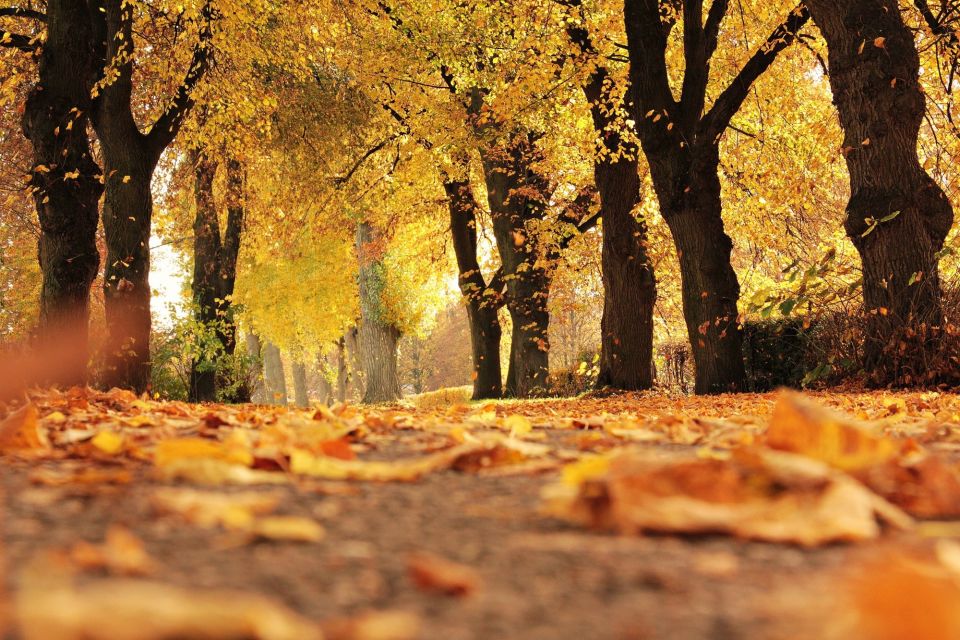
Nations across the world are becoming more urbanised, and with more than half of the world’s population living in urban environments, people are spending less and less time in their natural environments.
Written by: Sophie Bishop (freelance writer)
Though we all know the reduction in green spaces around the world is having a negative impact on the environment, what’s less talked about is the effect that overly-urban environments can have on a person’s mental health and general well-being.
There’s a growing body of research that shows more time spent in nature can have a huge impact on a person’s mental health and well-being.
As we continue our mission to fill cities with trees, let’s take a closer look at how urban trees can impact your health.

The Effects of Green Spaces and your Mood
When talking about lifestyle habits and their impact on mental health, many people immediately think of diet, exercise, and conscious stress management. While these things are certainly important, the environment we live in often falls by the wayside, even though it can have a unique impact on a person’s mental health.
One 2019 study by the University of Wollongong found that people in neighbourhoods with a larger tree canopy “had 31 percent lower odds of developing psychological distress,” and a reduced chance of reporting poor overall health. Other studies have posited that even spending time around bare deciduous trees in the winter can encourage psychological relaxation.
Though the idea that getting out in nature is good for your mood has been around for a long time, these kinds of empirical patterns usually don’t make it into popular conversation. However, these trends are just one part of a huge body of work showing that time spent near trees can have a measurable positive impact on anyone’s mood.
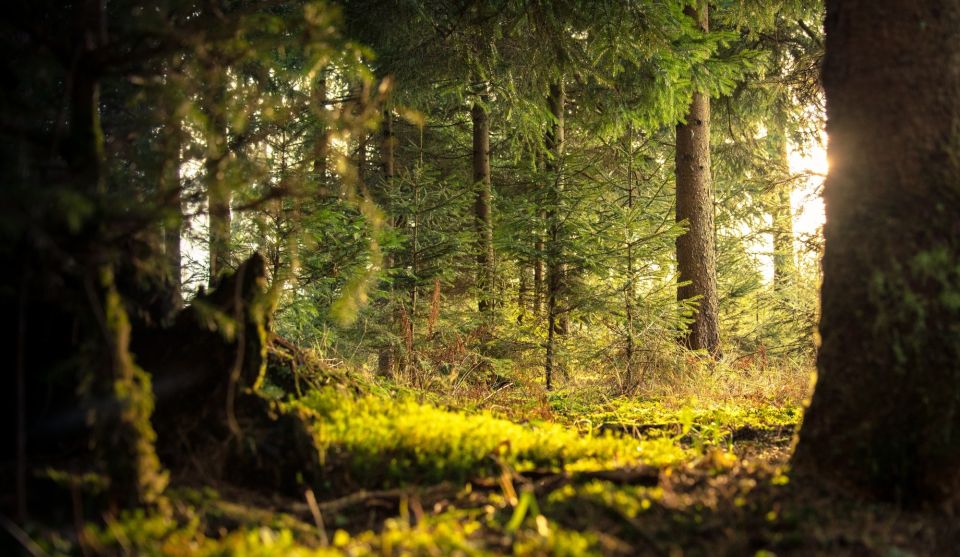
Why Trees Make Us Happy
It’s clear that the value of spending time in nature isn’t some vague, wishy-washy concept, and can be proven with objective, peer-reviewed studies. So why do urban trees have this positive effect on our mood?
Here’s a deeper dive into why being near trees can improve our mental health.
1. Trees Mean Creatures
Like simply spending time in canopied areas, being able to observe wildlife in its natural habitat can be great for our mental health.
One fascinating study by the German Centre for Integrative Biodiversity Research showed a strong correlation between the mental well-being of 26,000 adults and the diversity of bird species in their neighbourhoods, towns, and cities.
What’s even more interesting is that the diversity of bird species in a person’s immediate environment could be just as impactful as financial security on a person’s mental well-being. The study’s authors calculated that 14 new bird species being introduced to a person’s area could raise life satisfaction by as much as an “extra 124 Euros per month in the household account”.
In the same way that a good ol’ Attenborough marathon can help you become absorbed in the beauty of nature and feel relaxed, having more opportunities to see animals in their natural habitat can help us enjoy the influence of their slower, more carefree approach to life.
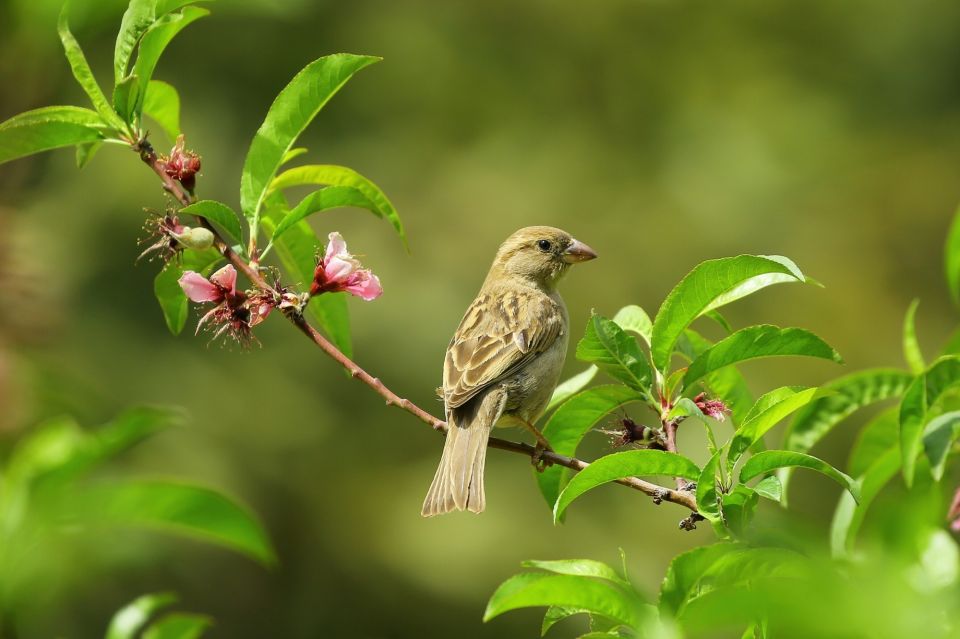
2. Urban Trees Encourage you to Get Out and Explore
Even living near a small green space in an otherwise urban environment can help a person’s mood, but larger stretches of nature that tempt you into challenging hikes or peaceful strolls around the woods can have an even more profound impact on a person’s mental well-being.
Rehab and wellness centres such as White River Manor have long been showcasing the mental health benefits of spending time in nature. For example, one study showed that “just 20 to 30 minutes a day in nature can help to reduce your cortisol levels”, the body’s main hormone relating to stress. A separate study by Stanford University showed that people who spent more time in nature tended to exhibit reduced neural activity in the parts of the brain most associated with depression.
Unfortunately, not everyone is fortunate enough to live in an area where they have easy access to a beautiful, sprawling forest. However, this correlation between spending time in nature and reduced stress and depression shows a clear benefit of helping people in built-up areas spend more time around vegetation through urban tree initiatives.
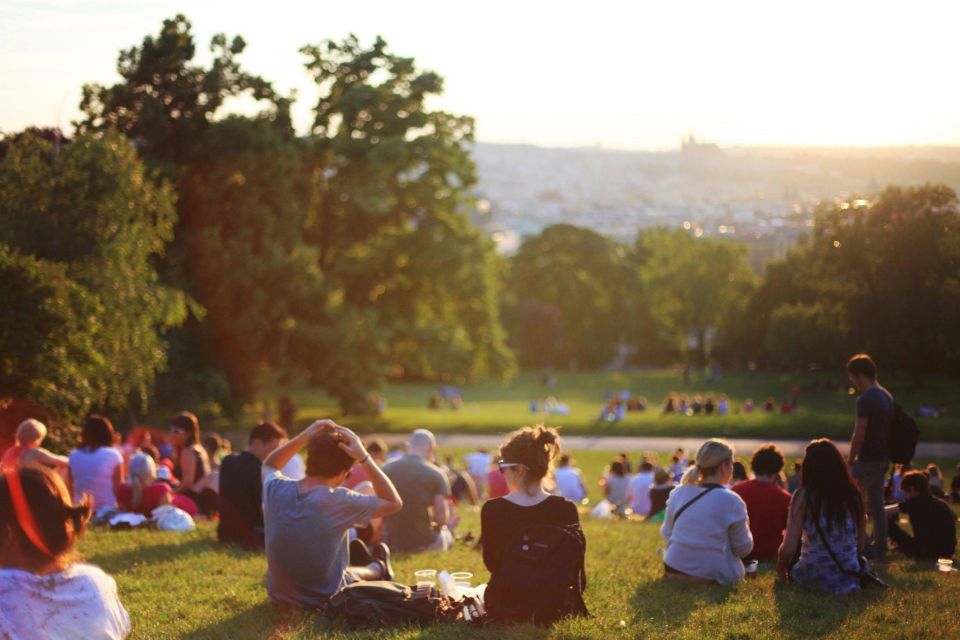
3. Urban Trees Can Help Build a Tighter-Knit Community
A worldwide “loneliness epidemic” has been a major talking point among health professionals for many years now, and came to the forefront of mental health discourse as the COVID-19 pandemic shut many people in their homes for extended periods of time.
Though it may not be immediately obvious, loneliness can have a pernicious effect on a person’s general well-being. One alarming 2022 study published by the University of New Hampshire showed that the health risks connected to prolonged social isolation could be “equivalent to smoking 15 cigarettes a day”.
Loneliness is a complex issue to solve whether on a societal or individual level, but surprisingly enough, green spaces can help with this too. Scientific publisher MDPI collated a number of studies in the late 2010s showing that urban green spaces are associated with a higher social cohesion within communities, with these public spaces facilitating more informal interactions between strangers of all backgrounds, an essential part of social cohesion and combatting loneliness.
Other studies have found that greater access to green spaces has a correlation with positive behaviours in American high school students conducive to a higher quality of life throughout whole communities, such as higher test scores, higher graduation rates, and reduced rates of criminal behaviour. It’s worth noting that these trends persist after controlling influencing factors such as a school’s size, age, and local income levels.
Though green spaces can be easy to forget on the edges of our day-to-day life, these trends show that they have a remarkably high potential to bring communities together, and lay the groundwork for a more cohesive community.
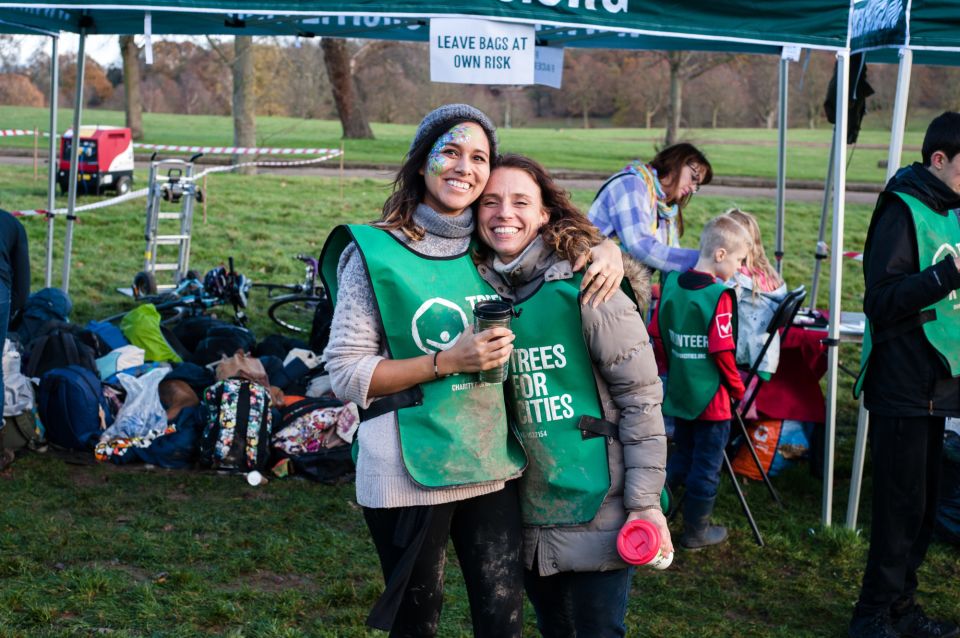
Final Thoughts…
With the potential to reduce stress, help us feel connected to the world around us, and even strengthen bonds in a community, urban trees can have a huge impact on a person’s mental health and general well-being.
We hope this piece has helped you understand the non-environmental impact of urban tree planting, and opened your eyes to the wider importance of green spaces!
Donate to Trees for Cities and together we can help cities grow into greener, cleaner and healthier places for people to live and work worldwide.
Donate